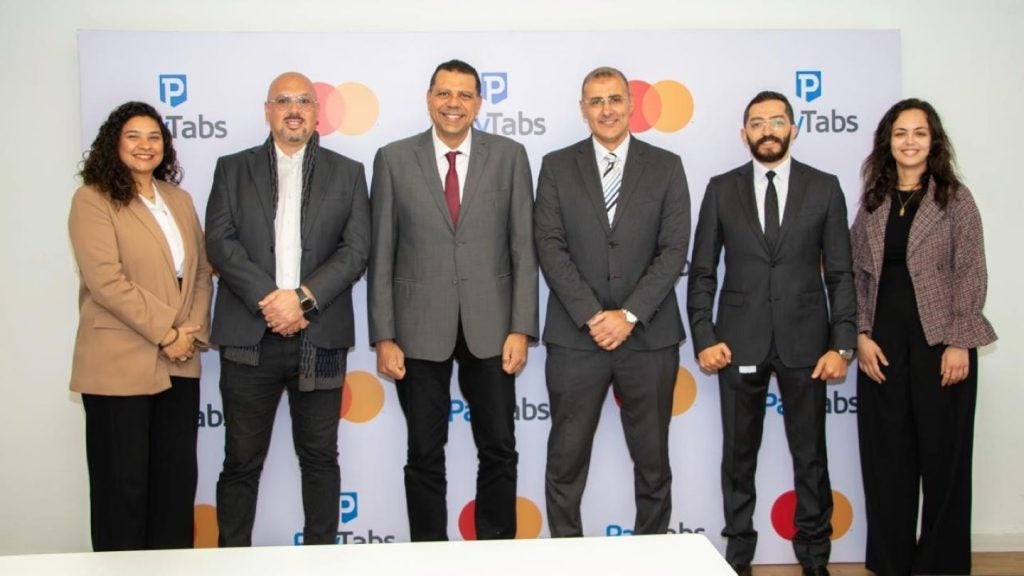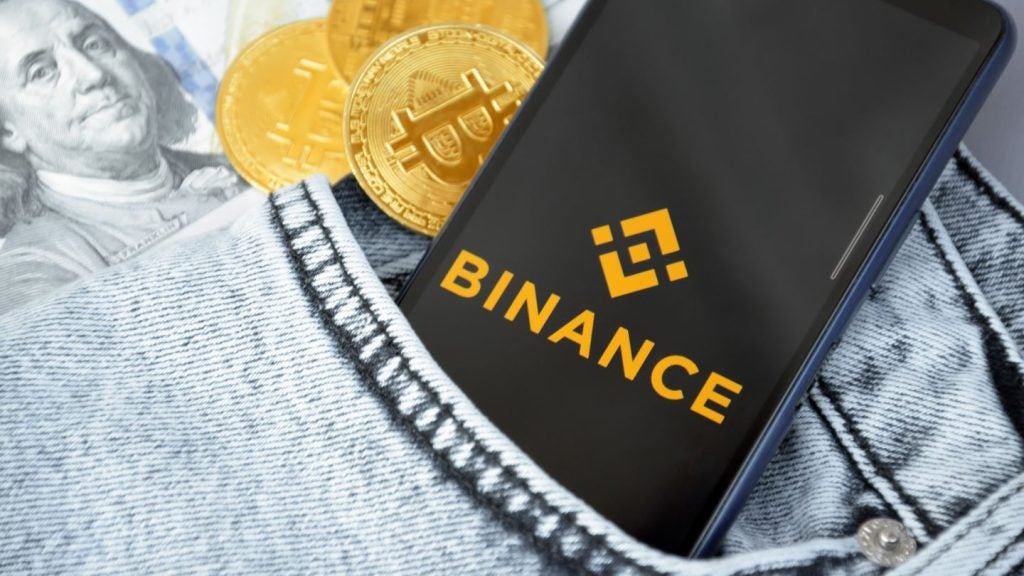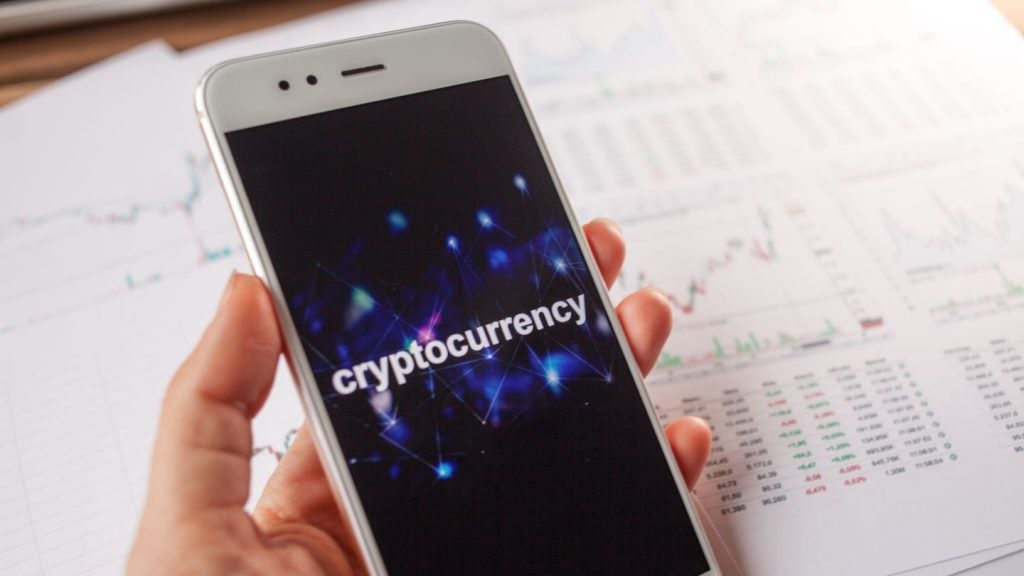Sounding like something from science fiction, virtual reality (VR) is coming into its stride. Partly down to the success of Oculus Rift technology, VR is coming to the forefront in sectors such as gaming and real estate, but can it make its mark in the banking and payments sectors? Patrick Brusnahan investigates
Virtual reality is very much in vogue. Companies are popping up on a near-weekly basis to get a share of the market.
HTC has the Vive, co-produced with games company Valve, while Sony is working on its own VR headset. Google has also designed its own cardboard offering, a budget VR headset available for a mere $10.
However, the main contender in VR is Oculus, the creators of the Oculus Rift headset. The firm was recently purchased by Facebook for $2bn and is now working closely with the company, as well as with Samsung, who are creating some interesting concepts with regards to banking.
A virtual reality bank branch is the idea. Put on a VR headset and be immediately connected to an advisor or some other member of staff at your bank via an avatar.
Albert Creixell, head of financial vertical, Europe, at Samsung, believes that it is just a matter of time. He tells EPI: "For the last year, we’ve had a few meetings with retail banks which have a branch presence and they are starting to explore how to use VR in retail banking.
"We started in a very simplistic way. Our first product was to create a flagship brand experience through VR. It was very easy to develop, but one thing was missing: the use case. Why would you put on a VR headset? What’s the benefit?
"A couple of banks came to the conclusion that this technology could support live events, such as taking out a mortgage. You put on the headset and engage with an avatar for a mortgage advisor with a real person behind it. You can speak to the avatar and receive a lot of information on the wall behind the avatar."
It sounds convenient, but will it ever take off? VR is still in the early stages of deployment and is far from a widely used technology. With the costs involved in owning a VR headset, it could take a while before it ever becomes a common item.
Creixell believes that it is just a matter of time.
He says: "The target market for this device is the consumer market and things like gaming and videos are important for this. In fact, if you look at Facebook and other social media sites, there is a big trend regarding 360 degree videos. The internet will soon be full of 360 degree videos. We believe that when that happens, virtual reality is really going to take over and it’ll become a much bigger option.
"The reality is that it is niche and not a lot of people have it at home. But if you look at Google, for example, they have their own headsets and it costs $10 for the whole VR experience, so it is relatively inexpensive. Even if you look at Samsung’s product, it is well built and only 200 ($225). There’s still not a lot of adoption not due to cost, but due to lack of content."
However, Max Speur, COO at SunTec, is not certain that it will make waves in financial services, sceptical that these new forms of technology are as disruptive as they first seem.
Speaking to EPI, he says: "The introduction of new technologies such as VR in financial services adds variety to the market and could offer an alternative experience for the ‘smartphone generation’. However, both established banks and challengers still need to search for the sweet spot of customer experience, which is the combination of product, pricing and omni-channel service delivery with business insights forming the base.
"Some benefits banks can see from VR are better cross-sell opportunities through the delivery of more context-specific offers at the time and place of consumption. The old guard can incentivise customers who have purchased ski holidays with special deals for lift passes and travel insurance, but will this be good enough to fight off the younger banks and emerging technologies?"
Creixell is adamant that VR technology could be applied to many target markets ‘particularly millennials and younger users’, who at some point would be ‘interested to have this virtual discussion with the bank without having to go to the branch’.
On the other hand, which banks would take up the technology? While a small headset is certainly cheaper than a bricks-and-mortar outlet, branches can still offer significant value. But what if the bank does not have branches?
Creixell says: "Challengers in the UK, such as Atom Bank, want to be mobile, but they recognise that there are some things where a human touch really helps. You can go online, sure, but it can be good to have this interaction.
"One time, we had a bank suggesting the idea of having a VR experience by partnering with somewhere like Starbucks. Their branches would have branded VR headsets and you would sit there, have a coffee and interact with the bank through the headset. If you combine this with the biometric element, you can do a lot of things. You can really transact then and you can potentially do everything end-to-end.
"However, some of these processes, like taking up a mortgage, still need some sort of physical touchpoint to really execute them."
How far away is the virtual banking world? Well, that fully depends on whether other industries pick up on the technology as well.
Creixell concludes: "Once you start to have a significant adoption of VR, it’ll become more relevant. It’s like wearables. With the mass adoption of Apple Watch and Samsung Gear, banks have decided to take it more seriously."







